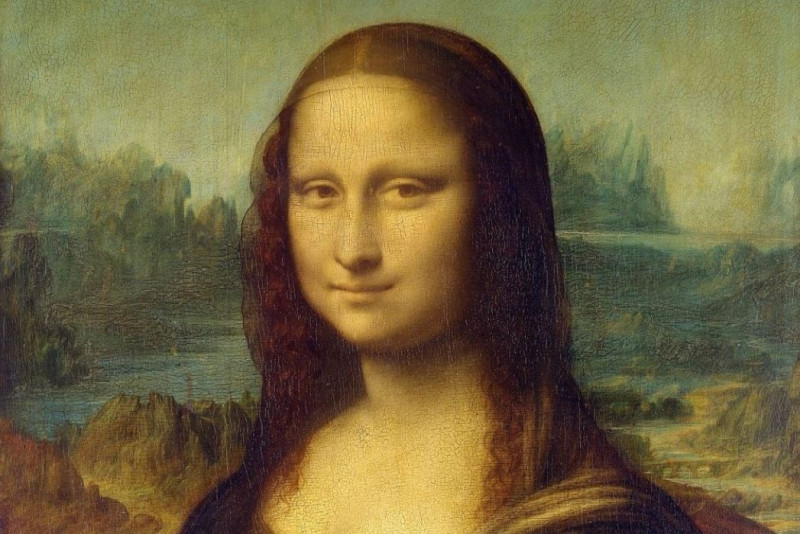Location da Vinci used as background for famous painting identified by Italian scientist
One of the many mysteries of the Mona Lisa – Leonardo da Vinci’s famous painting – is believed to have been solved by an Italian scientist. Ann Pizzorusso, a geologist and art historian specializing in Leonardo da Vinci and the Renaissance, claims to have found the site depicted in the background, behind the Mona Lisa, using her geological knowledge and experience.
According to the Italian scientist, da Vinci painted the painting in city of Lecco on its southeastern bank Lake Como in Italy.
Pizzorusso began her research three decades ago when she visited the city to “walk” in the footsteps of the great Renaissance artist, using da Vinci’s diary notes and drawings as her “map”.
“At that time, in his notebook he says he is in Lecco, where he was working as an engineer,” Pizzorusso told CNN.
The project was eventually cancelled, but da Vinci’s sketches of the area survived (a red chalk drawing of a mountain range near Lecco is in the Royal Collection at Windsor, London).
Pizzorusso’s conclusions and based on
Previous historians have placed the background of the Mona Lisa in other Italian cities, such as Bobbio and Arezzo, based on the arched bridge seen behind the Mona Lisa’s right shoulder. But as a geologist, Pizzorusso insists on Lecco because of the rock formations at the depth of the painting and the still surface of the water.
“Bridges are temporary,” he said. “If you look into the background, you will see peaks. It is a type of weathering that occurs in limestone that cracks and breaks into boulders, almost like a saw pattern… We can show that limestone is present in (Lecco). When you look at the Mona Lisa, there is one range of mountains in the background they have this saw pattern,” he argues.
Similarly, the body of water behind the Mona Lisa is geologically specific and is Lake Como, a subalpine glacial lake that dates back about 10,000 years, Pizzorusso claims.
“If you look behind it, you have the elongated glacials Lakes that have a certain shape like fingers,” he said.
“Because when the glacier moved, it wiped out certain pieces of land.”
Despite her certainty about the accuracy of her findings, the Italian scientist kept her conclusions secret for 30 years. She returned to Lecco this week, still confident that “everything fits”, and will now present her findings at a geology conference in the town.
Source :Skai
I am Frederick Tuttle, who works in 247 News Agency as an author and mostly cover entertainment news. I have worked in this industry for 10 years and have gained a lot of experience. I am a very hard worker and always strive to get the best out of my work. I am also very passionate about my work and always try to keep up with the latest news and trends.











